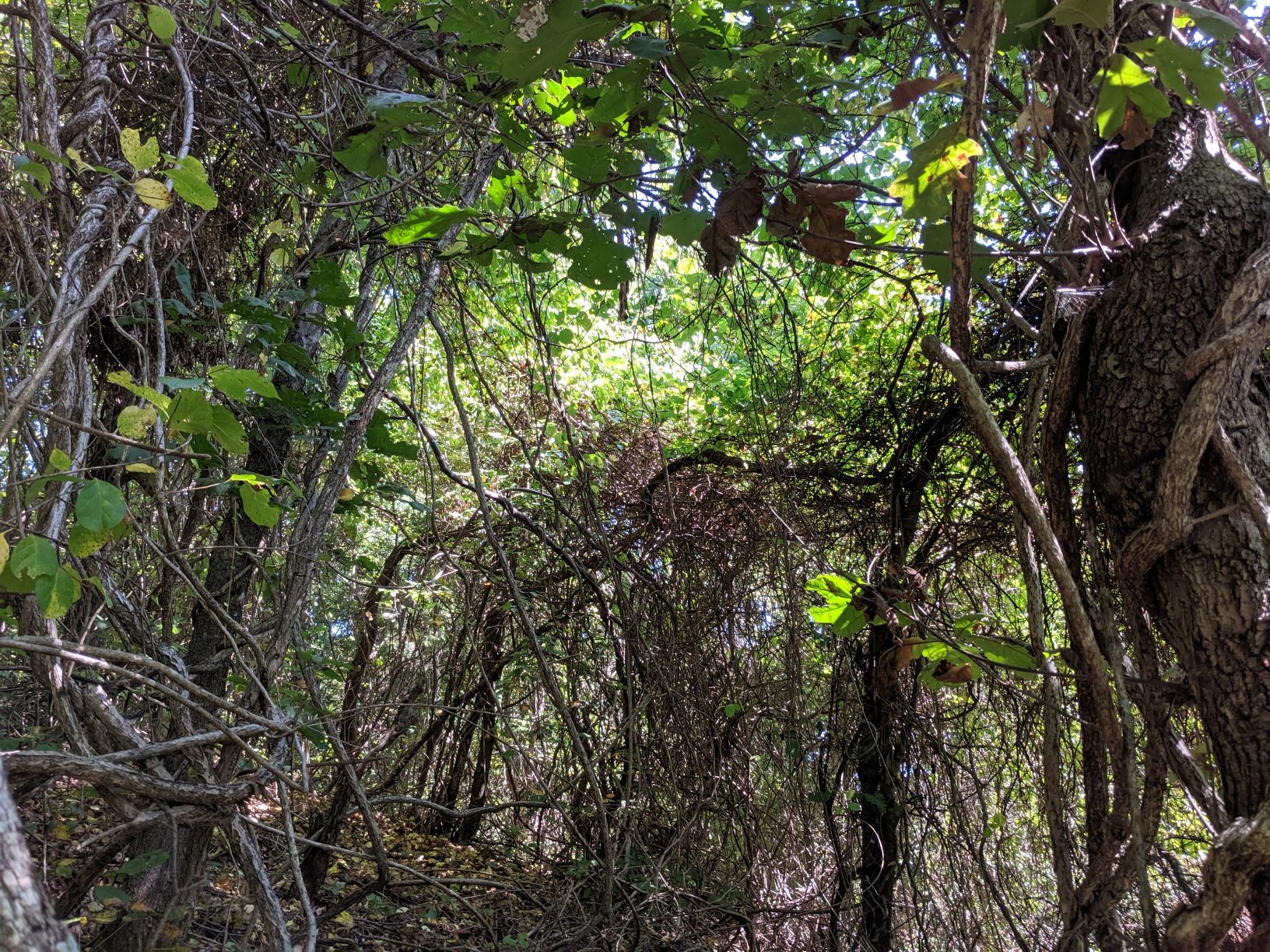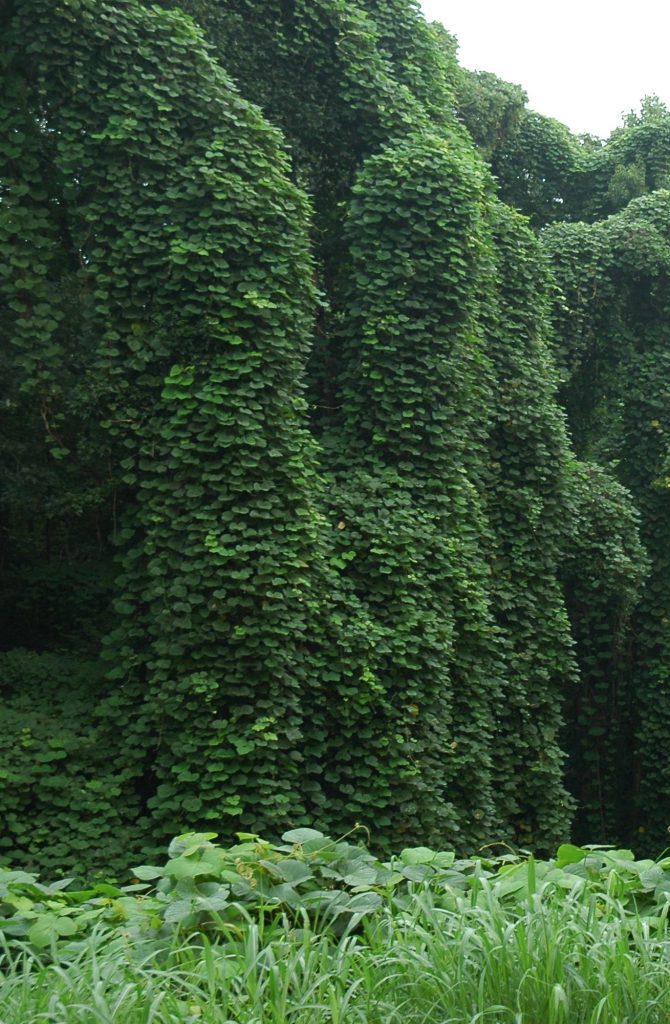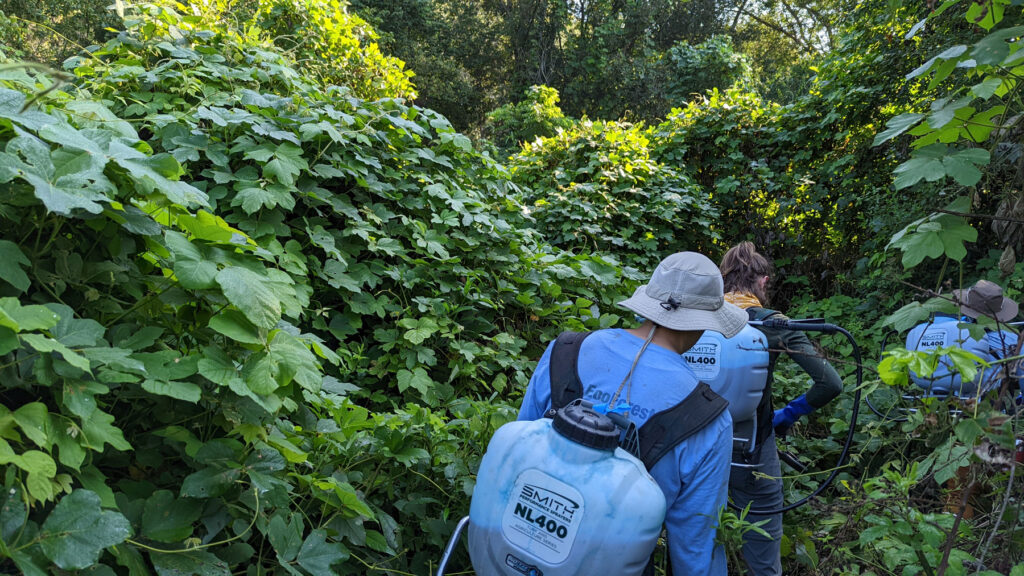
Threats to Our Forest
Just because it’s green doesn’t mean it’s healthy.

At EcoForesters, protecting the forests of the Appalachian Mountains and ensuring their longevity is our passion. Though they have proven remarkably resilient, our current forests still bear the scars of past abuses. Harmful forest pests and diseases have made their impact well-known, with chestnut blight wiping out the American chestnut in the early 1900’s and more recently, the loss of fir and hemlock trees to the balsam and hemlock wooly adelgids. A history of exploitative practices like large-scale clear-cutting and high-grading has left the majority of our forests lacking much of their original diversity, majesty and beauty. Research has shown that by 1908, around 86 percent of forested acres in the Southern Appalachian Mountains was classified as recently harvested or in young regrowth stages of development.
While much effort has been made to correct past mistakes, the future of our forests is not guaranteed and they are highly vulnerable to a multitude of looming threats that imperil their long-term health and sustainability. Our Appalachian forests are up against serious obstacles like: urbanization and forest fragmentation, global warming, the spread of invasive, exotic plants, and destructive forest pests and diseases. According to the US Forest Service’s Southern Forest Futures Project, the threats from several pests and diseases (like emerald ash borer, gypsy moth, thousand cankers disease, and oak decline) have, “grown substantially over the past 10 years and, “new nonnative invasive insects and diseases will have serious impacts on southern forests over the next 50 years.”
Not only is there a growing threat from damaging forest pests and diseases, destructive invasive plants are also increasing their stranglehold on our forests. It is estimated that about 4.4 million acres of the Appalachian-Cumberland highland region is currently affected by invasive plants. These include plants like oriental bittersweet, Chinese privet, tree-of-heaven, Japanese honeysuckle, kudzu, and many others. These ever-growing populations of nonnative, invasive plants have harmful impacts on the landscape like: displacing native plant populations, inhibiting the regeneration of native plants, lost income from infested lands, decreased productivity, altered soil structure and nutrient cycling, reduced wildlife habitat, and reduced recreational value, just to name a few.

Urbanization and fragmentation in the Appalachian Mountains jeopardizes the diversity of our native plants and animals. According to the US Forest Service, the total amount of forest cover is expected to decrease across the Appalachian-Cumberland highland region from 2010 to 2060 due to urbanization-driven changes in land use. According to their studies, total forest losses across the US South are expected to range from 11 million to 23 million acres. This forest loss, coupled with the resulting population growth and increase in demand for recreational use will only place additional pressure on existing Appalachian plant communities.
The future uncertainty associated with a changing climate also raises serious concerns for our Appalachian forests. Warming temperatures and changes in precipitation patterns are expected to increase the aggressiveness and worsen the impact of harmful insects and diseases, as well as threaten plant and animal biodiversity in the higher elevations. The effects of climate change may also encourage the spread of invasive plants and some estimate the area of infestation in the US South to increase from 9 million acres to 27 million acres over the next 50 years.
Our forests are on the cusp of crisis. In their already degraded state and with unsustainable practices ongoing, how will our forests survive the new stresses from growing populations of invasive plants and insects and increasing climate change? The answer is EcoForesters and our unique approach to positive impact forest stewardship.
